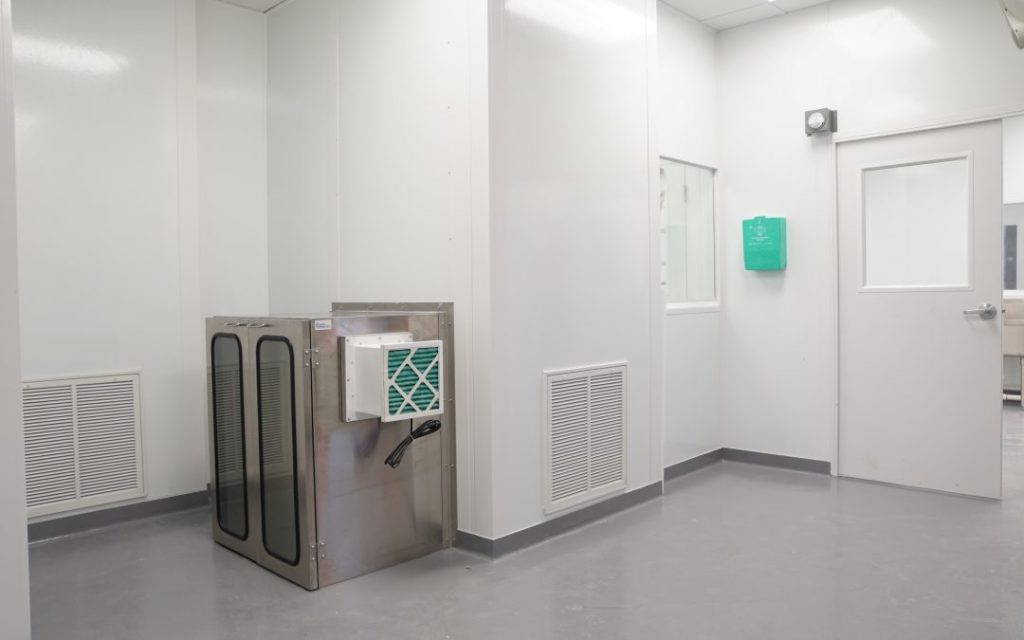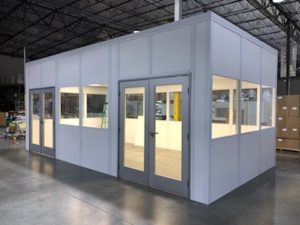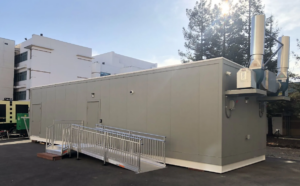In the realm of precision manufacturing, healthcare, and scientific research, the significance of maintaining an immaculate environment, free from contaminants, cannot be overstated. Cleanrooms play a pivotal role in achieving this objective, providing meticulously controlled and contaminant-free spaces for a wide array of applications. In this comprehensive article, we will explore the core functions of cleanrooms, their ingenious inventor, operational mechanisms, indispensable components, stringent cleaning protocols, quality standards, the significance of personal protective equipment (PPE), and the diverse types of cleanrooms that are currently available in the market.
The Ingenious Inventor of Cleanrooms
Willis Whitfield, an eminent American physicist and engineer, is credited with pioneering the modern cleanroom in the year 1960 during his tenure at Sandia National Laboratories. His groundbreaking invention, the High-Efficiency Particulate Air (HEPA) filter system, laid the very cornerstone of contemporary cleanroom technology as we know it today.
The Fundamental Functions of a Cleanroom
At its core, a cleanroom is an impeccably designed environment with meticulously controlled levels of airborne particles, temperature, humidity, and pressure. The primary functions of a cleanroom can be succinctly summarized as follows:
1. Contamination Control
The fundamental purpose of a cleanroom is to avert contamination of products, materials, or processes by establishing a rigorously controlled environment with minimal dust, airborne particles, and microorganisms.
2. Precision Manufacturing
Industries such as semiconductor manufacturing, pharmaceuticals, aerospace, and microelectronics heavily rely on cleanrooms to produce products with unparalleled precision and unwavering consistency.
3. Research and Development
Cleanrooms hold indispensable significance in scientific research, particularly in fields like nanotechnology and biotechnology, where even the minutest of contaminants can significantly impact research results.
4. Healthcare
Hospitals utilize cleanrooms for sterile compounding of medications, ensuring patient safety and mitigating the risk of infections.
5. Aseptic Processing
The pharmaceutical and biotechnology sectors make extensive use of cleanrooms for aseptic processing, guaranteeing the sterility of drugs and medical devices.
How Cleanrooms Operate
Cleanrooms achieve their meticulous contamination control through a judicious combination of engineering controls and stringent protocols. The key components and principles encompass:
1. High-Efficiency Particulate Air (HEPA) Filters
These remarkable filters effectively remove airborne particles, including dust and microorganisms, from the air entering the cleanroom.
2. Airflow Control
Cleanrooms maintain a unidirectional airflow, with filtered air supplied from the ceiling and removed through floor-level returns. This ensures that contaminants are consistently carried away from the workspace.
3. Pressure Control
Cleanrooms are meticulously maintained at a slightly higher air pressure than the surrounding areas, thereby preventing the ingress of contaminants. Some cleanrooms may even incorporate negative pressure to prevent the escape of hazardous materials.
4. Temperature and Humidity Control
The temperature and humidity levels are scrupulously regulated to meet the precise requirements of each application, guaranteeing both product quality and worker comfort.
Cleaning and Maintenance
While the notion of cleaning a cleanroom may seem paradoxical, it is, in fact, a critical aspect of ensuring its continued functionality. The cleaning procedures are meticulous and entail specific protocols, such as:
1. Routine Cleaning
Daily cleaning routines encompass wiping down surfaces, vacuuming, and mopping the floor using specialized cleanroom-grade cleaning agents and tools.
2. Periodic Cleaning
Deeper cleaning protocols involve removing and cleaning HEPA filters, disinfecting walls and ceilings, and inspecting critical components such as gaskets and seals.
3. Validation
Cleanrooms undergo regular validation to ensure that they consistently meet the specified cleanliness standards. This process involves particle count and air quality testing.
The Significance of Personal Protective Equipment (PPE)
In order to prevent contamination from personnel, individuals working in cleanrooms are mandated to don specific PPE, including:
1. Cleanroom Garments
This encompasses cleanroom suits, hoods, gloves, and shoe covers, all fabricated from non-shedding materials.
2. Facial Masks
Personnel may also be required to wear facial masks, including N95 respirators, to prevent the release of particles from the respiratory tract.
3. Goggles or Face Shields
The safeguarding of the eyes through the use of goggles or face shields is essential to prevent ocular contamination.
Quality Standards and Comparisons
Cleanrooms diligently adhere to international standards, with the ISO 14644 series being the most widely recognized. These standards categorize cleanrooms based on the maximum allowable particle count per cubic meter of air. Cleanrooms span a spectrum from ISO Class 1 (fewest particles) to ISO Class 9 (most particles), with the choice of class contingent on the specific application.
Diverse Types of Cleanrooms
Cleanrooms come in a variety of forms to cater to the diverse requirements of different industries:
1. Conventional Cleanrooms
These are permanent structures built within a facility and offer exceptionally high levels of cleanliness.
2. Modular Cleanrooms
Modular cleanrooms are prefabricated, providing a flexible design, making them cost-effective and easier to install and modify compared to traditional built-in units.
3. Shipping Container Conversions
Shipping container cleanrooms have become a popular and affordable solution in recent times. Cleanrooms can be constructed within shipping containers, whether they are 20ft or 40ft, providing a mobile and scalable solution. It’s essential to choose a reputable cleanroom provider when opting for this innovative solution.
4. Softwall and Hardwall Cleanrooms
Softwall cleanrooms employ curtains, while hardwall cleanrooms use rigid panels for walls and ceilings. Both variations offer different levels of cleanliness and adaptability.
In conclusion
Cleanrooms are indispensable in a wide range of industries and applications where contamination control is of paramount importance. They function based on the meticulous control of environmental factors and unwavering adherence to strict cleaning and maintenance protocols. The visionary Willis Whitfield pioneered the cleanroom concept, and adherence to international standards ensures consistent quality. The use of appropriate PPE and the availability of various cleanroom types further enhance their versatility and utility in diverse industries. For customized cleanroom solutions or expert guidance, do not hesitate to contact your local cleanroom provider.
For more information please contact us at KCH Cleanrooms. We are Northern California’s top supplier of cleanroom solutions for over 15 years. We look forward to connecting with you.






